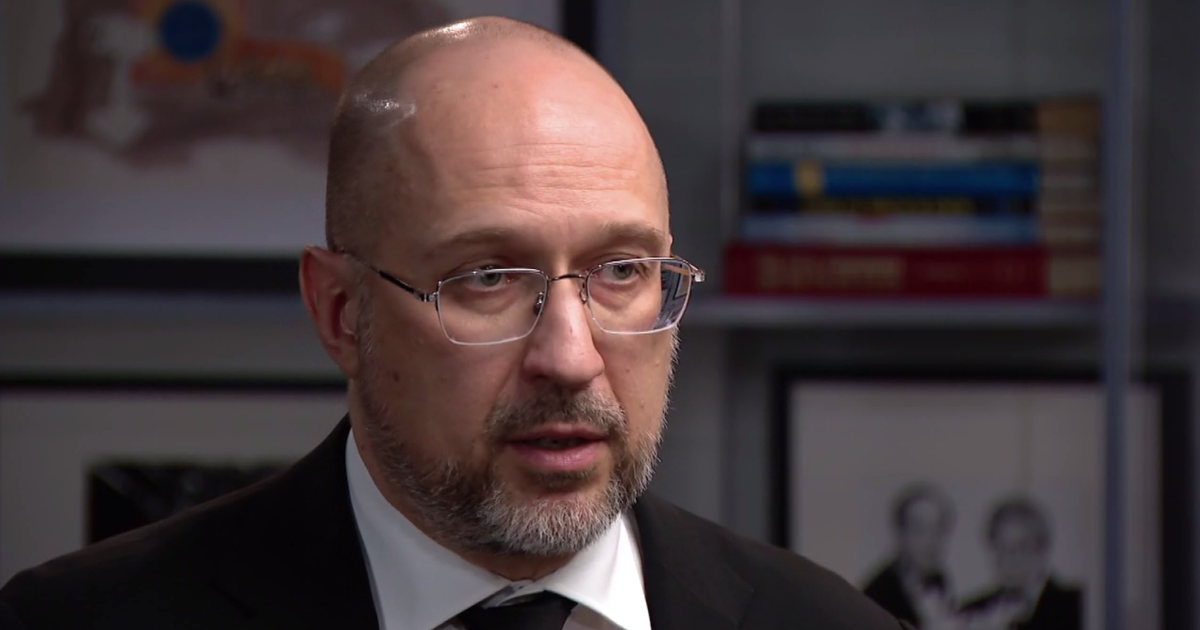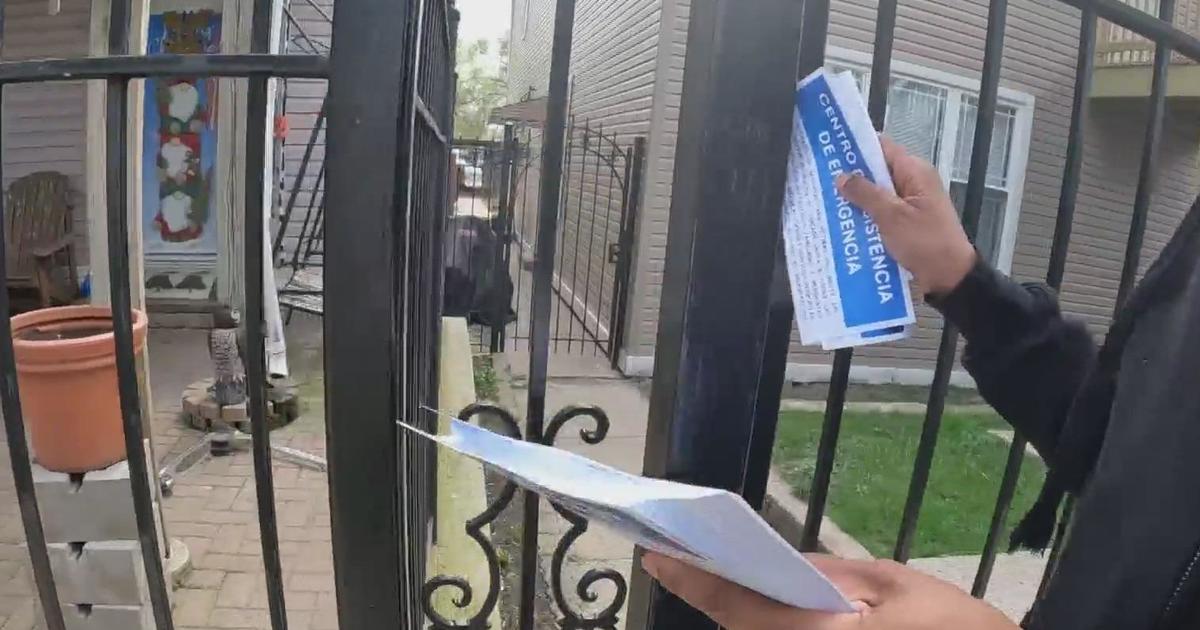Shepkowski: History Says There's More Than One Way To Handle Kris Bryant
By Nick Shepkowski-
(CBS) It's easy to realize there isn't much more Cubs third baseman prospect Kris Bryant will gain at Double-A Tennessee. He's batting an absurd .357 with an on-base percentage of .460 and has smashed 22 home runs this year, averaging one just over every 10.5 at-bats. He's not long for Double-A; he knows it, you and I both know it, and the entire Chicago Cubs organization knows it.
But should Bryant go to Triple-A Iowa or should they call him straight up to the Major League roster?
I ask that knowing full well that there is essentially a 0 percent chance executives Theo Epstein, Jed Hoyer and Jason McLeod would even consider having him skip Triple-A, as they've noted time and time again they want to see a player succeed at every minor league level before they wear a big league uniform (contract details, specifically Super Two rules, apply here too -- but that's a different story for a different day).
Many talent evaluators believe that Kris Bryant has one of the best bats in all the minor leagues, if not the best, and that he has the potential to be one of baseball's best hitters. Because it's never too early to project Bryant to be a stud (Lord knows that hasn't haunted Cubs fans before), I was curious to see how the game's best sluggers of the last 20 or so years progressed to the majors. It didn't take long to realize that there's more than one way these former stars found success.
For instance, the great Ken Griffey Jr. never played a game in Triple-A before debuting at the ripe age of 19 for the Seattle Mariners. What followed with Griffey happens just a few times, if that, per generation, with nobody resembling his Cooperstown-bound path until Miguel Cabrera did it nearly 15 years later.
Other superstars bypassed Triple-A altogether and also quickly found their strides in the majors. Some former White Sox guy named Frank Thomas never stepped foot in a Triple-A batter's box. Vladimir Guerrero also went on to an outstanding career despite the Expos organization having him bypass Triple-A, and to date Mark Teixeira has done alright for himself since the Rangers brought him straight up from Double-A in 2003.
Others came up and spent just a brief time in Triple-A before getting the call. Albert Pujols played a whopping three games at Triple-A before the Cardinals called him up in 2001. Before Manny (Ramirez) was the Manny that we came to know and occasionally love, he spent just 40 games at Triple-A in the Indians organization. And steroids or not, Barry Bonds spent just 44 games in Triple-A before the Pirates called him up at age 21.
Perhaps the best recent comparison to Bryant's big league route comes from former Rockies slugger Todd Helton (minus quarterback competitions with Heath Shuler and Peyton Manning). Like Bryant, Helton played college baseball before being drafted by the Rockies.
Although Helton's power wasn't the same as Bryant's in Double-A (seven home runs), he hit .332 with a .425 on-base percentage in 93 games before getting moved up to Triple-A. Helton would go on to spend 120 games at the Triple-A level between the ages of 22 and 23 before getting called up and becoming one of the best left-handed bats of the 2000s. Bryant, who turns 23 on Jan. 4, seems destined for his big league debut at very close to the same age.
Because the public's view on player development has seemed to evolve so much in recent years, I also looked at some of today's young stars and see how they were brought up and if it told a different story than the previous couple of decades.
It didn't.
The best player in the game today for my money, Mike Trout, spent all of 20 games in Triple-A before the Angels called him up. He hit .403 with a .467 on-base percentage in those 20 games, then quickly became an MVP candidate in 2012 after his promotion. Bryce Harper was quick to the big leagues as well, spending just 21 games in Triple-A before his 2012 call-up.
Again, there are some who spent no time at all in Triple-A who quickly adjusted to the majors: Miguel Cabrera (MLB debut at 20), Yasiel Puig and Giancarlo Stanton are the prime examples.
Then there are those who didn't play in Triple-A who may have benefited from a little extra seasoning: Starlin Castro, Manny Machado and Elvis Andrus. Machado drew rave reviews for debuting in the middle of a playoff chase, but has put together just a .306 on-base percentage in 242 career games.
Perhaps Gordon Beckham wouldn't have struggled as much his second through fourth years in the big leagues if he'd spent more than seven games in Triple-A back in 2009. On the flip side, there's Alex Gordon, who dominated Triple-A for nearly half a season and still struggled for years in Kansas City before finding his way.
The Rays' Wil Meyers is struggling this year, but many believe him to be one of the best young players in the game. He spent 163 games at the Triple-A level, while Braves stud Freddie Freeman played 124 games there.
Giants catcher Buster Posey is one current star who adjusted to the big leagues quickly and whose path for now somewhat resembles Bryant's. Posey was drafted out of Florida State in June of 2008 (then 21) and spent until the end of 2009 and the first 47 games of 2010 in Triple-A. Bryant not being in the Cubs' 2015 Opening Day lineup isn't what most people desire, but it isn't at all hard to envision. The patient path worked fantastic for Posey.
It's extremely difficult to know what the correct progression is for bringing up prospects, because for every case for or against someone's time spent in Triple-A, there's a counterpoint that suggests the opposite.
As the old saying goes, "There's more than one way to skin a cat." And the amount of time a prospect plays in Triple-A is a prime example.
Nick Shepkowski is the associate producer of McNeil and Spiegel on 670 The Score. Follow him on Twitter @Shep670.



